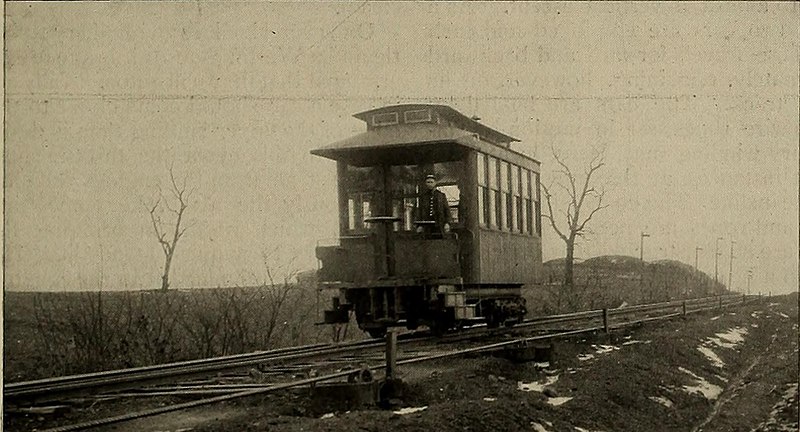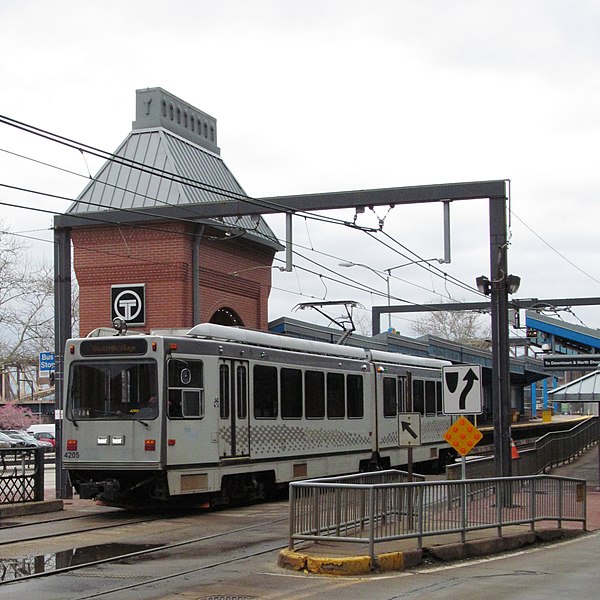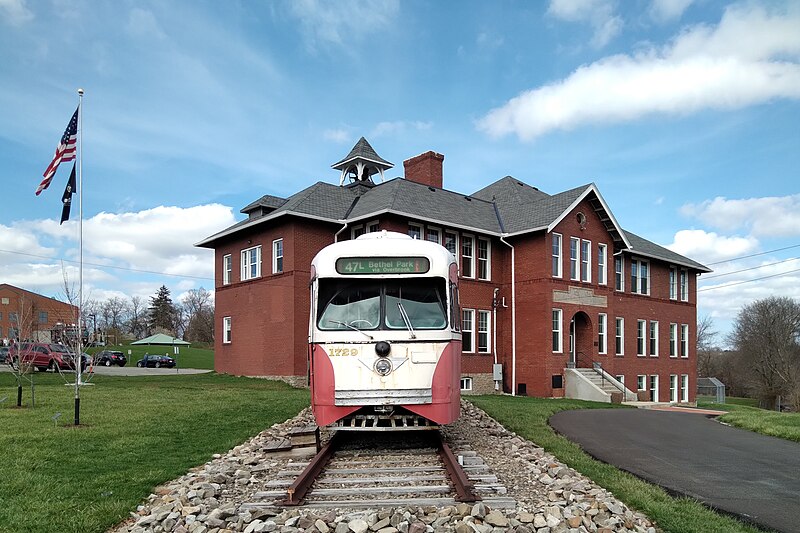
Why is there a narrow strip of forest between these two streets on Mount Washington? And, for that matter, why was the neighborhood laid out with two streets so absurdly close together, so that nothing fits between them but a narrow strip of forest?
You already know the answer, of course, because you read the title of this article. It used to be an incline.
Several inclines, of which two are still going, went up Mount Washington from the South Side. Only one went down the back slope of Mount Washington: Castle Shannon Incline No. 2, which began at the upper station of the Castle Shannon Incline on Bailey Avenue and ran down along Haberman Avenue to Washington Avenue (now Warrington Avenue) in Beltzhoover. This was more or less a cable-car line, like the ones that still run in San Francisco and ran all over Pittsburgh for a brief period before electric streetcars took over. It ran for a little more than twenty years; it opened in 1892 and was closed in 1914.


This picture of abandoned freight cars along the incline, taken in 1916, shows the cable in the middle of the track.





















